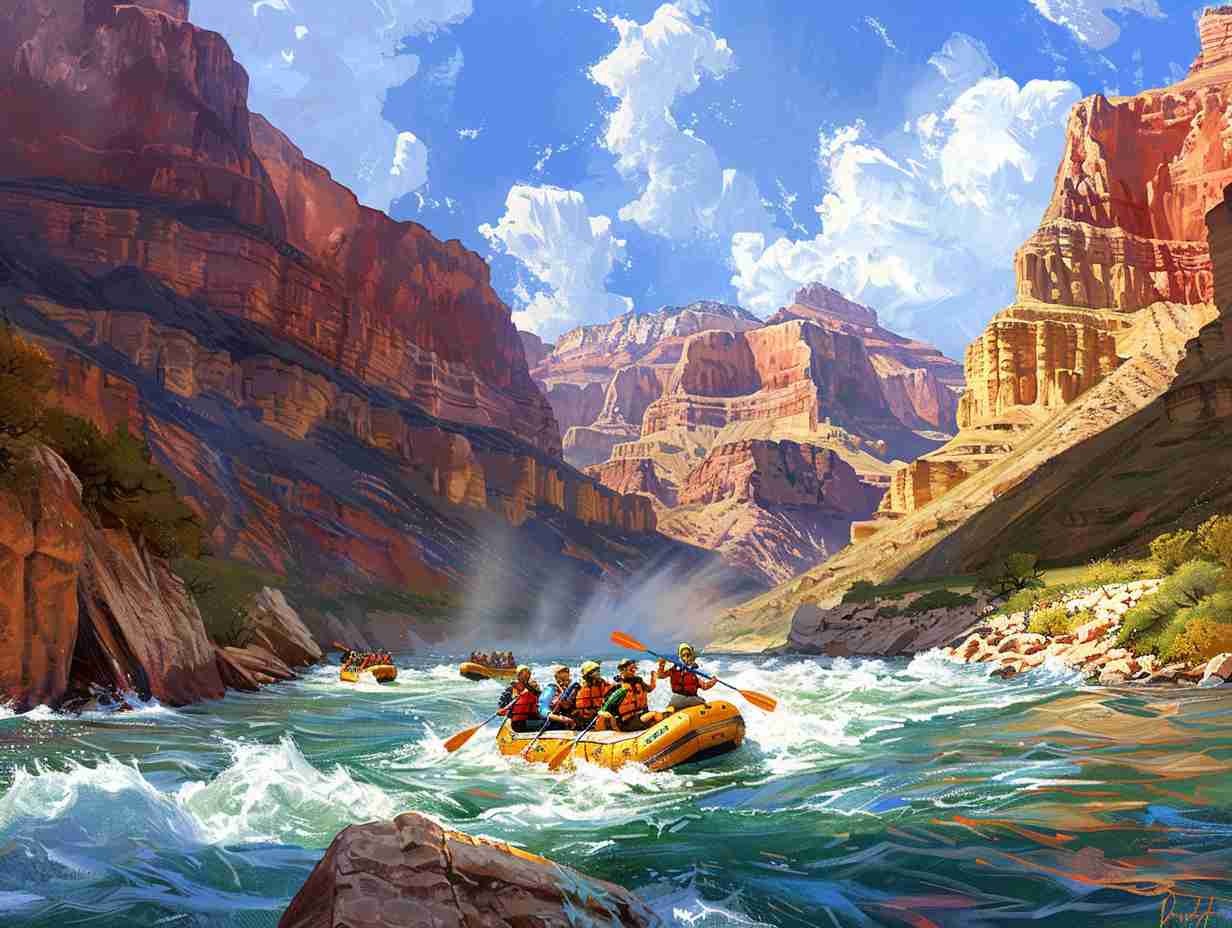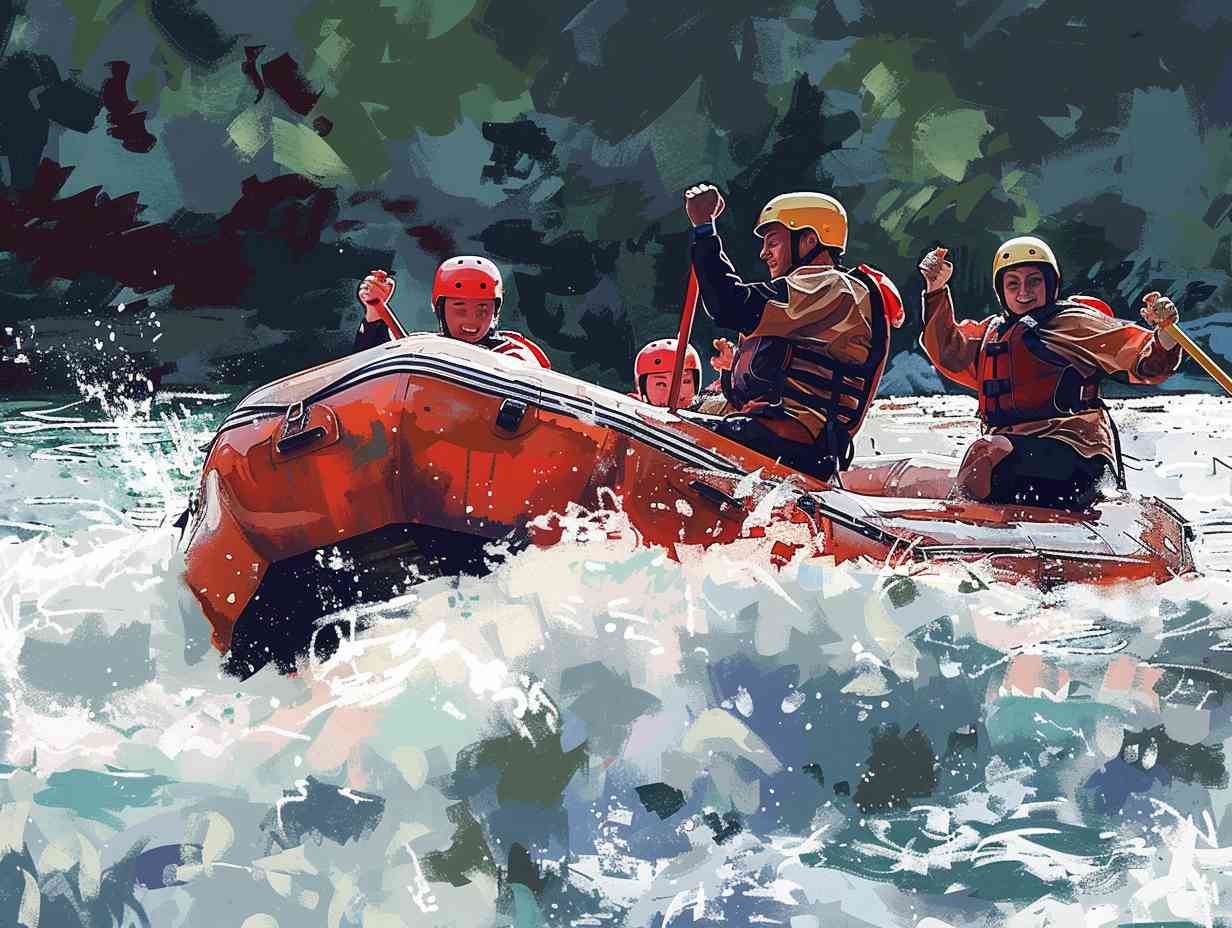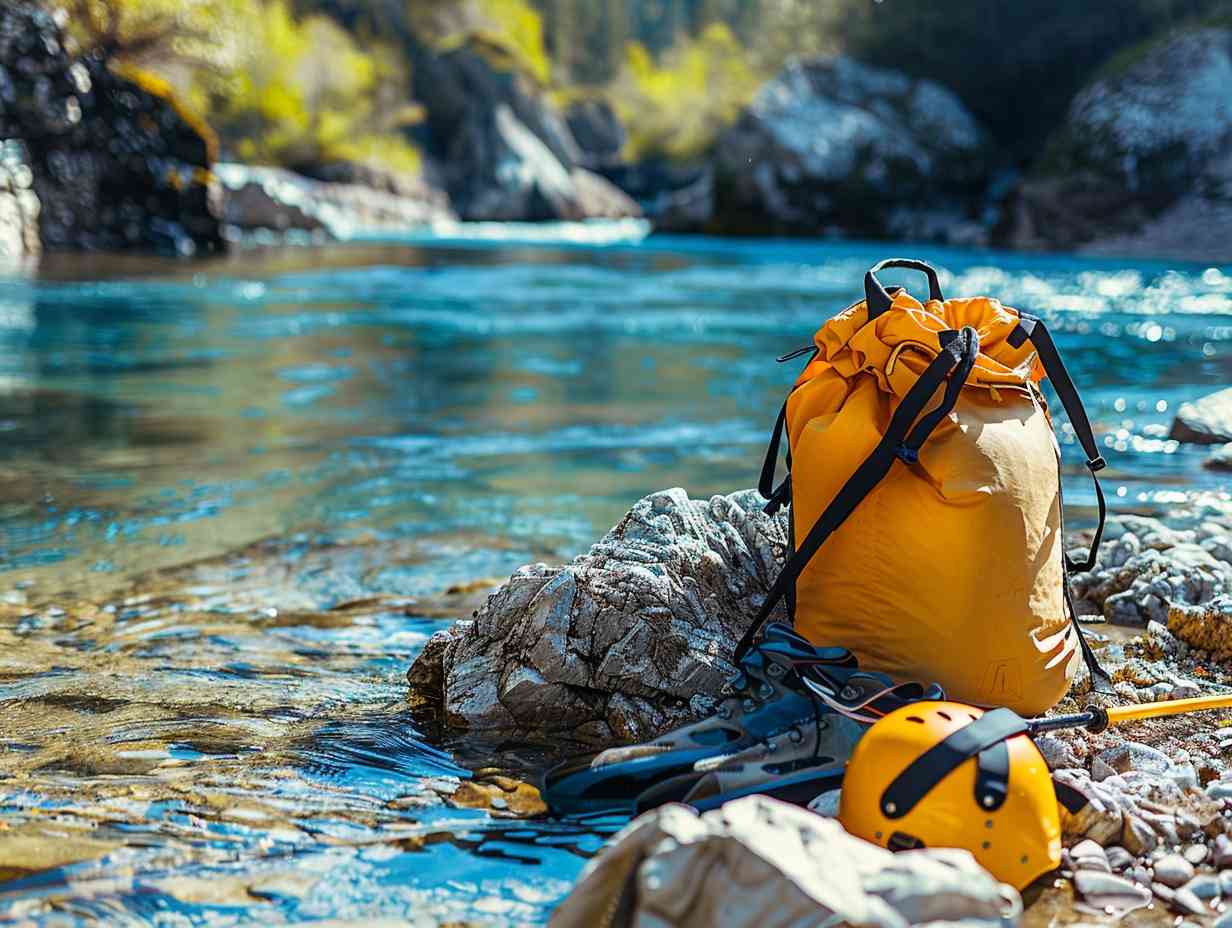
Environmental Impact of Rafting
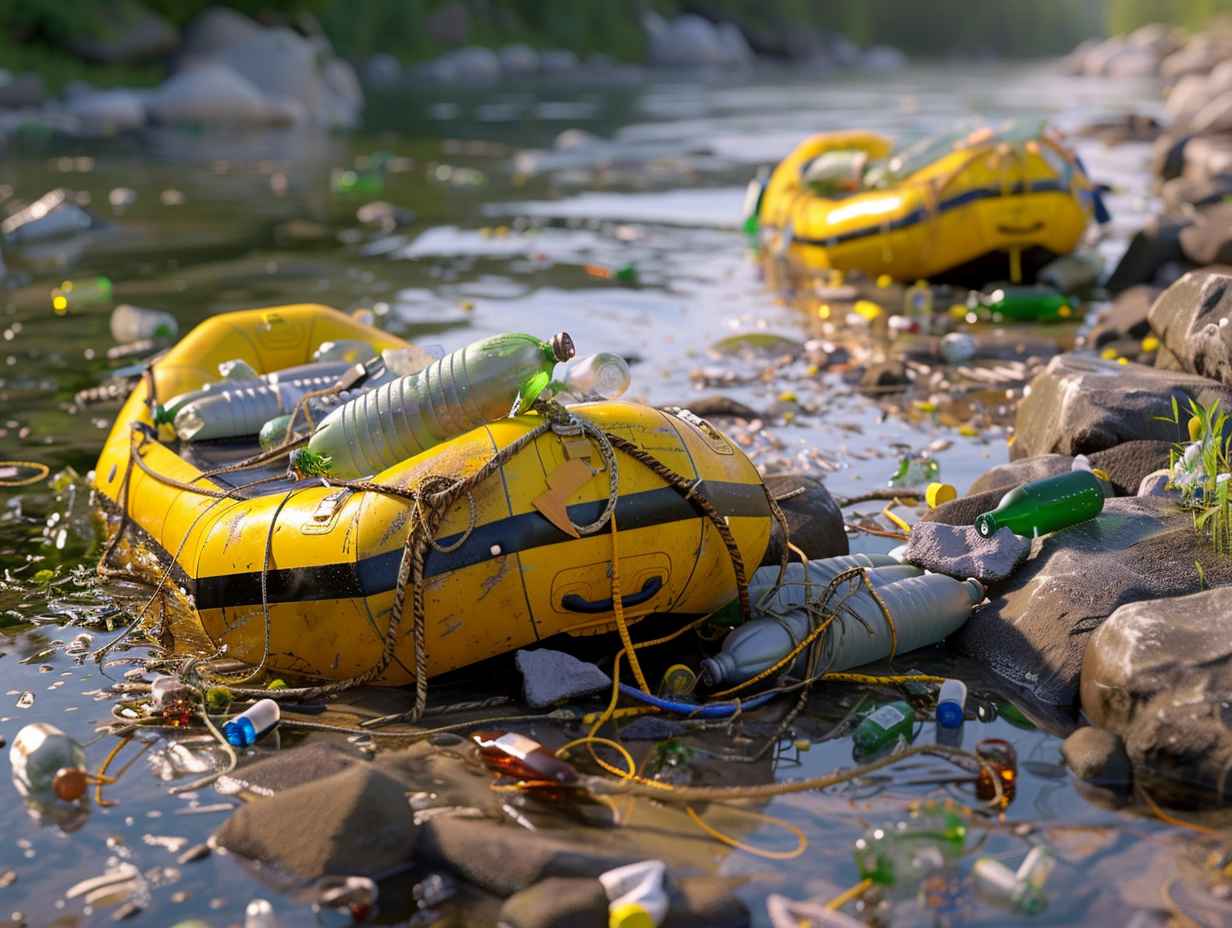
As you navigate through the pristine waters on your rafting adventure, have you ever considered the potential environmental consequences of this exhilarating activity? Imagine the impact of multiple rafts crisscrossing a river, leaving behind traces of pollutants that could seep into the water and disrupt aquatic life.
This scenario is just the tip of the iceberg when it comes to understanding the full scope of how rafting can influence the delicate balance of our ecosystems. The ripple effect of these actions extends far beyond what meets the eye, prompting a closer examination of our interactions with nature during such recreational pursuits.
Key Takeaways
- Rafting contributes to sediment erosion, pollution, and habitat disturbance in aquatic ecosystems.
- Eco-friendly practices and responsible waste management are crucial to minimize environmental impact.
- Soil erosion, vegetation impact, and wildlife disturbance are significant consequences of rafting activities.
- Conservation efforts are essential to preserve water quality, wildlife habitats, and overall ecosystem health.
Water Pollution From Rafting Activities
Have rafting activities contributed to water pollution in rivers and water bodies? Yes, they have. When rafting, sediment erosion from riverbanks can occur due to the increased foot traffic and disturbances caused by rafters. This sediment can contain harmful pollutants like pesticides and fertilizers, which are then washed into the water, impacting the water quality.
Additionally, the use of certain rafting equipment, such as non-biodegradable plastics and chemicals for raft maintenance, can further contribute to water pollution. It’s essential for rafting companies and participants to adopt eco-friendly practices, such as using biodegradable soaps and minimizing waste, to help reduce the negative impact on water bodies and preserve the natural environment for future generations.
Disruption of Aquatic Ecosystems
Rafting activities can disrupt aquatic ecosystems through various means, impacting the delicate balance of life in rivers and water bodies. Rapid and unregulated water flow changes can lead to erosion and destruction of habitats, affecting fish and other aquatic organisms. Additionally, the noise pollution caused by rafting can disturb wildlife, altering their behavior and reproductive patterns. Debris left behind by rafters can introduce pollutants and harm aquatic species.
The physical presence of rafts and paddlers can also trample vegetation along riverbanks, further disturbing the ecosystem. It’s important to be mindful of these impacts and take steps to minimize disruption while enjoying water activities.
- Rapid water flow changes causing erosion
- Noise pollution disrupting wildlife
- Debris introducing pollutants
- Trampling of vegetation along riverbanks
- Altering behavior and reproductive patterns of aquatic organisms
Soil Erosion Along Riverbanks
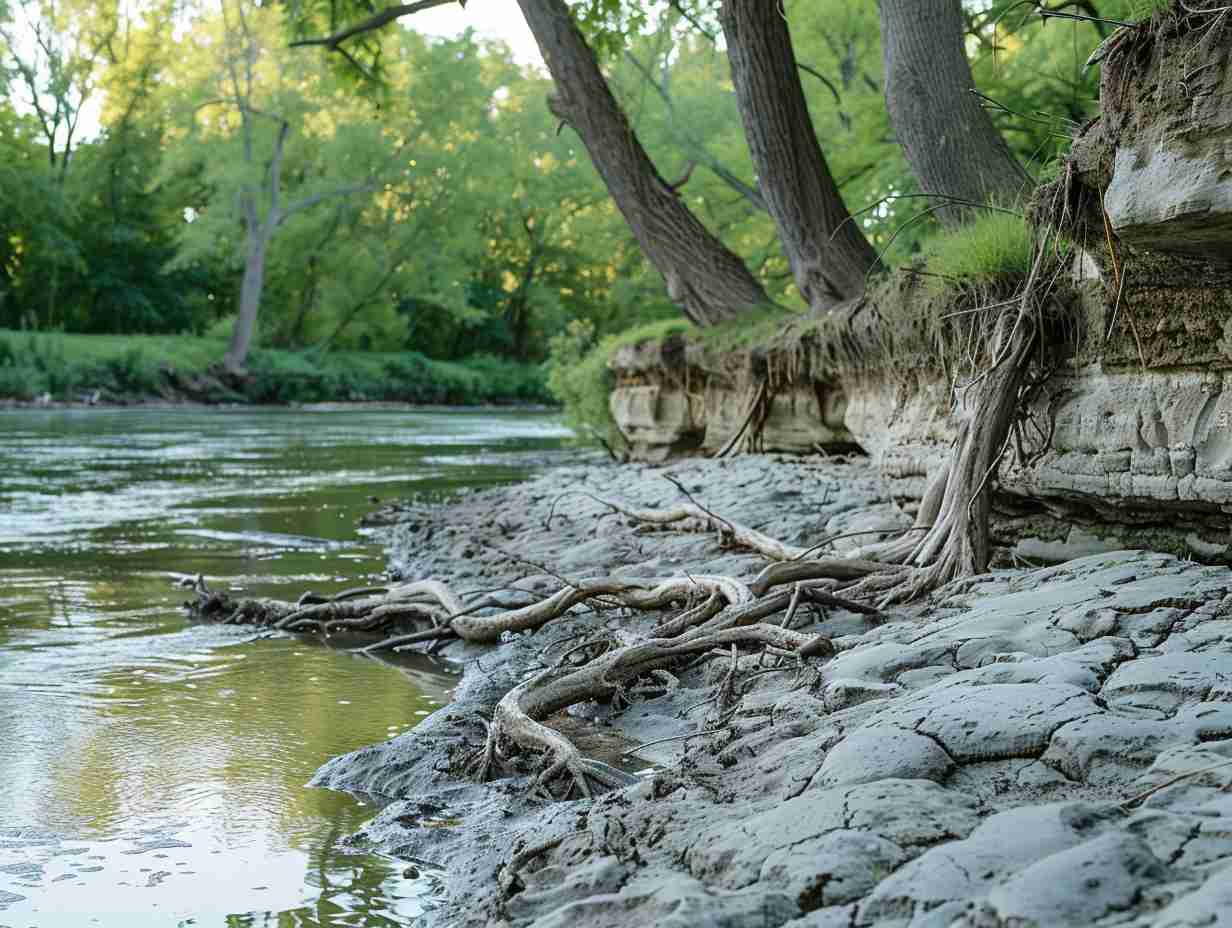
Soil erosion along riverbanks can be exacerbated by the frequent passage of rafts and paddlers, leading to destabilization of the banks and loss of essential vegetation. The repeated disturbance caused by rafting activities can weaken the soil structure along the riverbanks, making it more prone to erosion from the natural flow of water.
As rafts navigate through the water, the paddles and turbulence created can dislodge soil particles, contributing to the erosion process. Without the stabilizing roots of vegetation, the exposed riverbanks are further susceptible to erosion.
This erosion not only affects the integrity of the riverbanks but also impacts water quality as sediment is carried downstream, disrupting aquatic habitats and ecosystems.
Wildlife Disturbance and Habitat Destruction
Disturbing wildlife and destroying habitats, the passage of rafts along rivers can have far-reaching consequences on the local ecosystem. The noise and commotion caused by rafting activities can disrupt the natural behaviors of animals, leading to stress and potential abandonment of their habitats. Additionally, the physical presence of rafts near riverbanks can result in the trampling of vegetation, destruction of nesting sites, and contamination of water sources. To minimize these negative impacts, it’s essential for rafting companies to implement responsible practices and adhere to established guidelines for wildlife conservation and habitat protection.
- Noise pollution can disrupt communication among wildlife.
- Trampling of vegetation near riverbanks can destroy important food sources.
- Destruction of nesting sites can lead to population declines.
- Contamination of water sources can harm aquatic species.
- Stress caused by human presence can alter animal migration patterns.
Waste Management Challenges in Rafting Areas
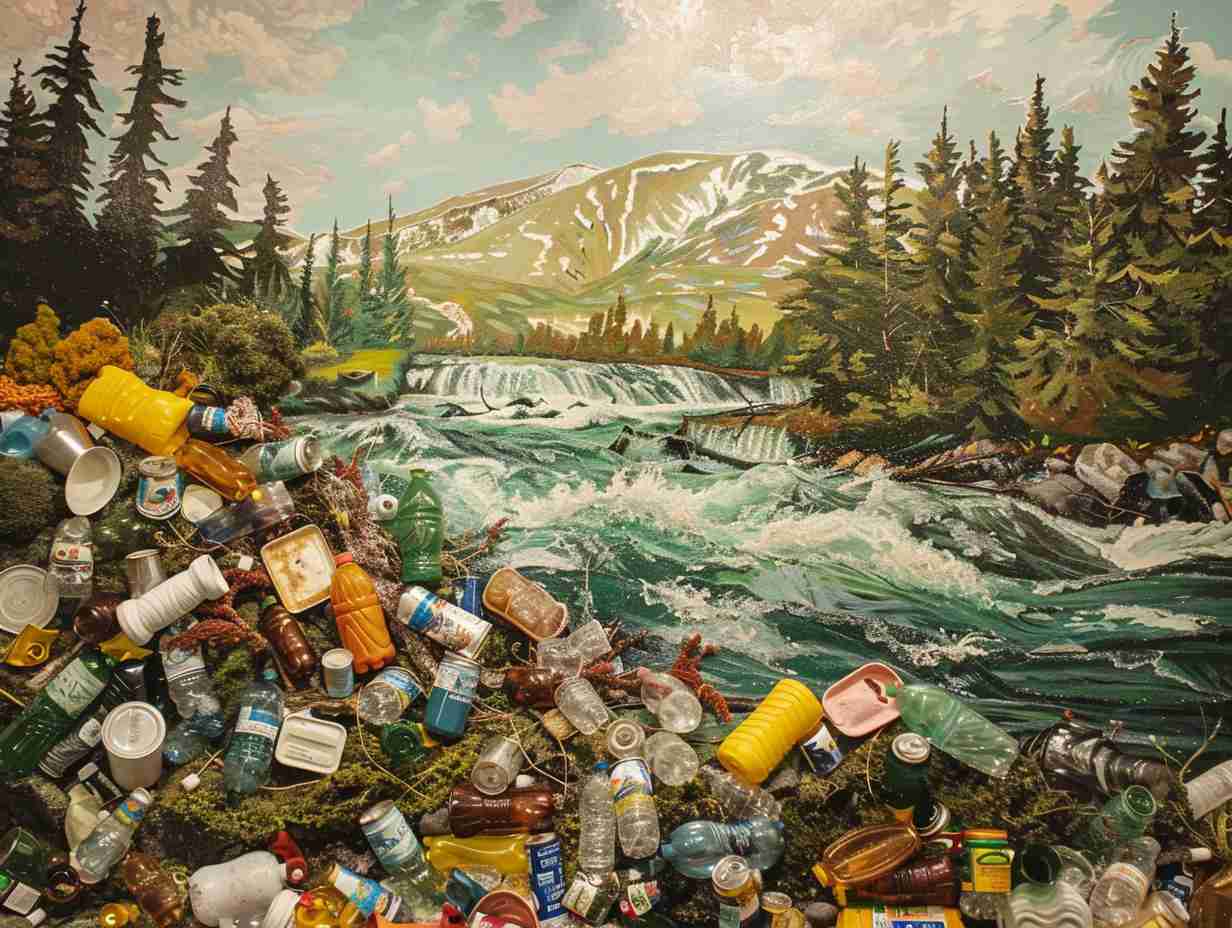
To properly address environmental concerns in rafting areas, waste management poses a significant challenge that requires careful consideration and proactive solutions. The influx of visitors to these pristine locations can result in a buildup of waste that threatens the ecosystem.
Common waste management challenges in rafting areas include inadequate disposal facilities, lack of recycling options, and improper handling of trash. It’s important for rafting operators and visitors alike to prioritize responsible waste management practices.
Implementing strategies such as reducing single-use plastics, providing designated recycling bins, and promoting Leave No Trace principles can help mitigate the negative impact of waste in these sensitive environments. By taking collective action to address waste management challenges, we can safeguard the preservation of the natural beauty of rafting areas for future generations to enjoy.
Frequently Asked Questions
How Do Rafting Companies Typically Dispose of Human Waste Generated by Rafters During Trips?
When you go rafting, companies often use portable toilets or carry-out systems to manage human waste. They prioritize proper disposal to safeguard the environment and guarantee a clean experience for all adventurers.
Are There Any Regulations in Place to Limit the Number of Rafters on a River at a Given Time to Prevent Overcrowding and Minimize Environmental Impact?
You’ll find that regulations exist to control the number of rafters on rivers, aiming to prevent overcrowding and reduce environmental impact. These rules help maintain the balance between adventure and conservation, ensuring sustainable enjoyment for all.
What Measures Are Taken to Prevent the Introduction of Invasive Species to River Ecosystems Through Rafting Activities?
To safeguard river ecosystems during rafting, always clean your gear thoroughly before moving to a new water body. This simple action helps prevent the introduction of invasive species, preserving the balance of these fragile environments.
How Do Rafting Activities Contribute to Noise Pollution in Natural Areas and What Impact Does This Have on Wildlife?
When you’re out rafting, the noise from the activity can disrupt the peace of natural areas, affecting wildlife. The loud sounds can startle animals, disrupt their behavior, and even cause them to abandon their habitats.
Are There Any Initiatives or Programs in Place to Educate Rafters About Minimizing Their Environmental Impact and Promoting Sustainability During Their Trips?
To minimize environmental impact and promote sustainability during trips, some rafting companies offer educational programs. These initiatives teach you how to respect nature, reduce waste, and preserve water quality, ensuring a more eco-friendly adventure.
Conclusion
Overall, rafting can have a significant environmental impact on rivers and surrounding ecosystems.
One interesting statistic is that a study found that rafting activities can contribute to up to 10% of total water pollution in some popular rafting destinations.
It’s important for rafting companies and participants to be mindful of their actions and implement sustainable practices to minimize their ecological footprint and preserve these natural environments for future generations.
More information about Environmental Impact of Rafting
Affiliate information declaration: We may earn revenue from the products referred on this page and participate in affiliate programs.
